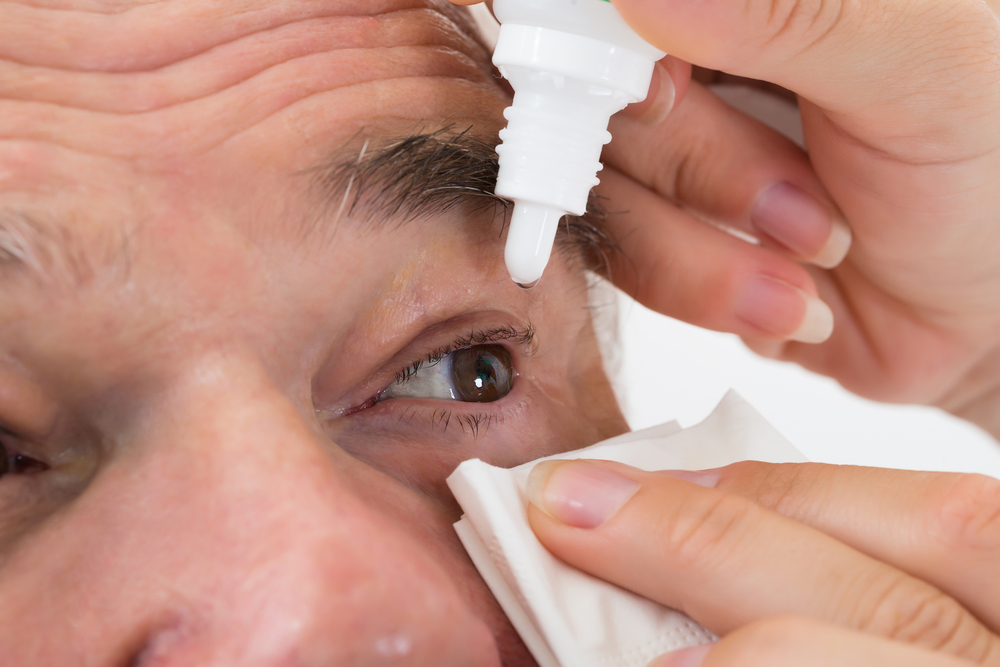What Causes Dry Eye?
Diagnosing Dry Eye | Causes and Treatment
When your eyes do not produce enough tears or the composition of your tears is imbalanced, you may experience dry eye symptoms. The eye doctors at The Plano Eye Care Center can diagnose the cause of your dry eye and recommend effective solutions. In 2025, dry eye syndrome, also known as dry eye disease (DED), affects millions globally, with a rise linked to increased digital device use and environmental factors.

Understanding Dry Eye
Tear glands in your eyelids produce basal tears, which consist of an oily layer (from meibomian glands), a mucus layer, and a water layer. Issues with basal tears, often due to meibomian gland dysfunction (MGD), the leading cause of evaporative dry eye, can lead to symptoms like itchy, scratchy, red, or gritty eyes, blurred vision, light sensitivity, or excessive tearing as a reflex response. Experts in 2025 emphasize that dry eye involves both tear quantity and quality, with inflammation often playing a significant role.
Common Causes of Dry Eye
Dry eye generally results from two issues: insufficient tear production (aqueous-deficient dry eye) or rapid tear evaporation (evaporative dry eye). Recent trends highlight a surge in cases driven by digital eye strain and modern lifestyle factors.
Causes of Reduced Tear Production
Reduced tear production can occur due to aging, with risk increasing after age 40, particularly in women due to hormonal changes like menopause. Other causes include blocked or dysfunctional tear glands and chronic conditions such as diabetes, lupus, thyroid disorders, Sjögren’s syndrome, rheumatoid arthritis, or other autoimmune and neurological diseases. Certain medications, including birth control, decongestants, antidepressants, antihistamines, and blood pressure drugs, may contribute. Recent eye surgeries like LASIK or cataract procedures and vitamin A deficiency can also reduce tear production.
Causes of Rapid Basal Tear Evaporation
Rapid evaporation often results from an insufficient oily layer in tears, causing them to dry quickly. Environmental factors like dry air, wind, air conditioning, heating vents, smoke, or sun exposure are common triggers. In 2025, excessive screen time significantly contributes, as staring at devices reduces blink rates by up to 60%, leading to incomplete blinks and MGD. Prolonged contact lens wear, especially in dry settings, and incomplete eyelid closure (lagophthalmos) also accelerate evaporation. Allergic eye disease and inflamed eyelid glands further destabilize tears.
Your Appointment with our Dry Eye Optometrist in Plano TX
For personalized diagnosis and treatment of dry eye symptoms, schedule an appointment with the experienced optometrists at The Plano Eye Care Center. Using advanced 2025 diagnostic tools, including AI-powered imaging for precise tear film and meibomian gland analysis, our team will identify the root cause and create a tailored treatment plan to restore comfort and eye health.
Call Us Today To Schedule an Appointment!
To address your dry eye symptoms or schedule an annual eye exam, contact The Plano Eye Care Center. Our team stays updated with the latest advancements to provide top-quality care.
